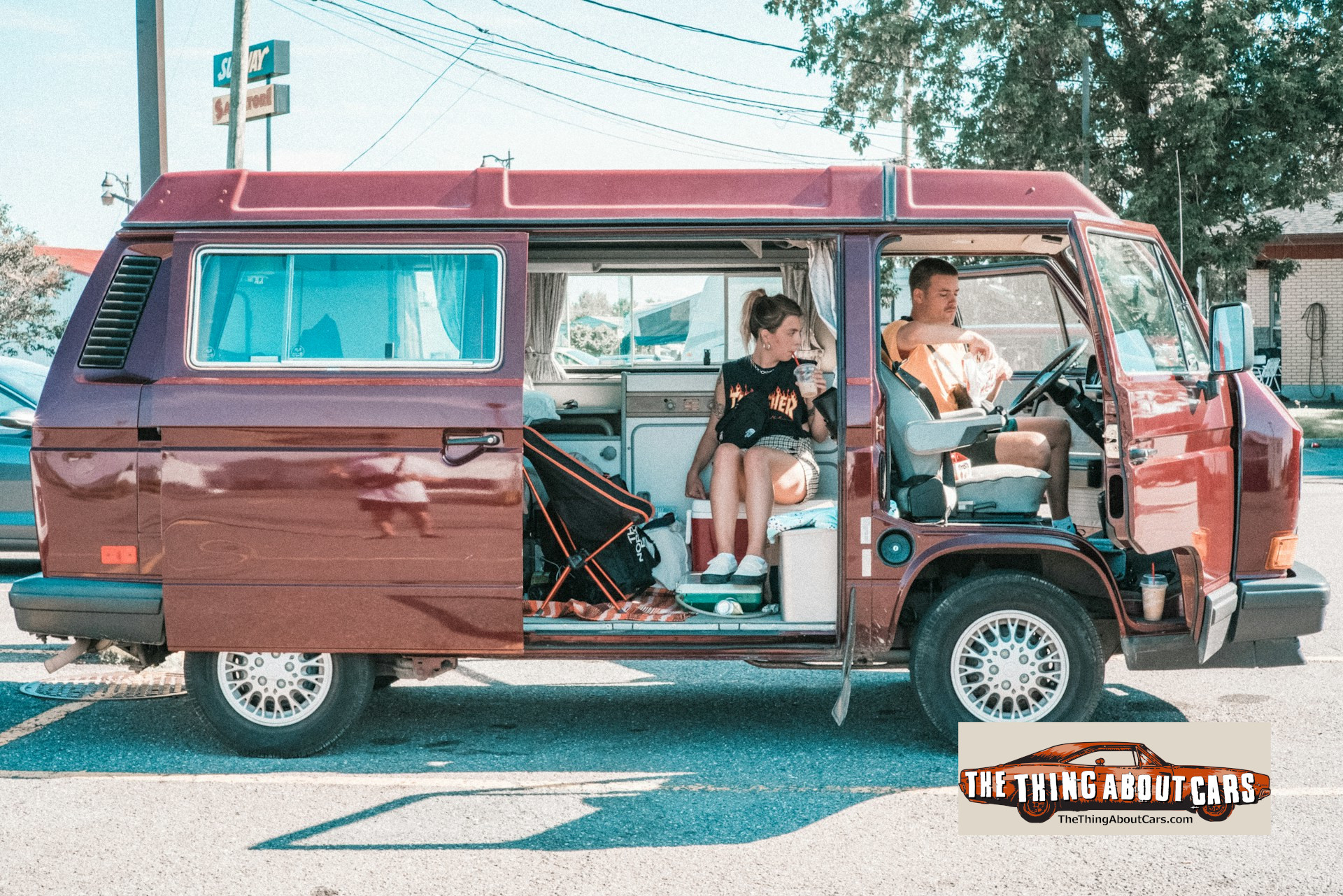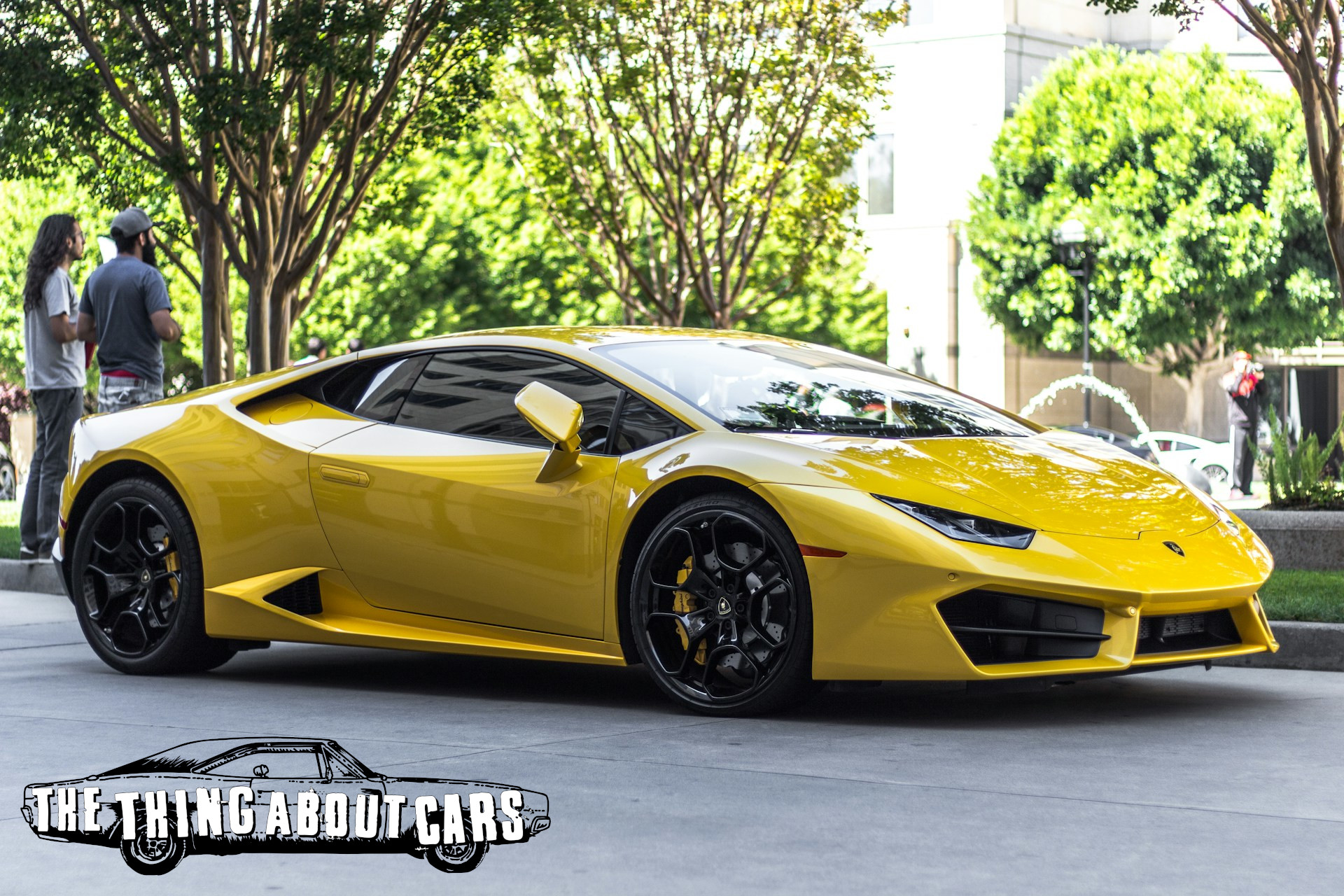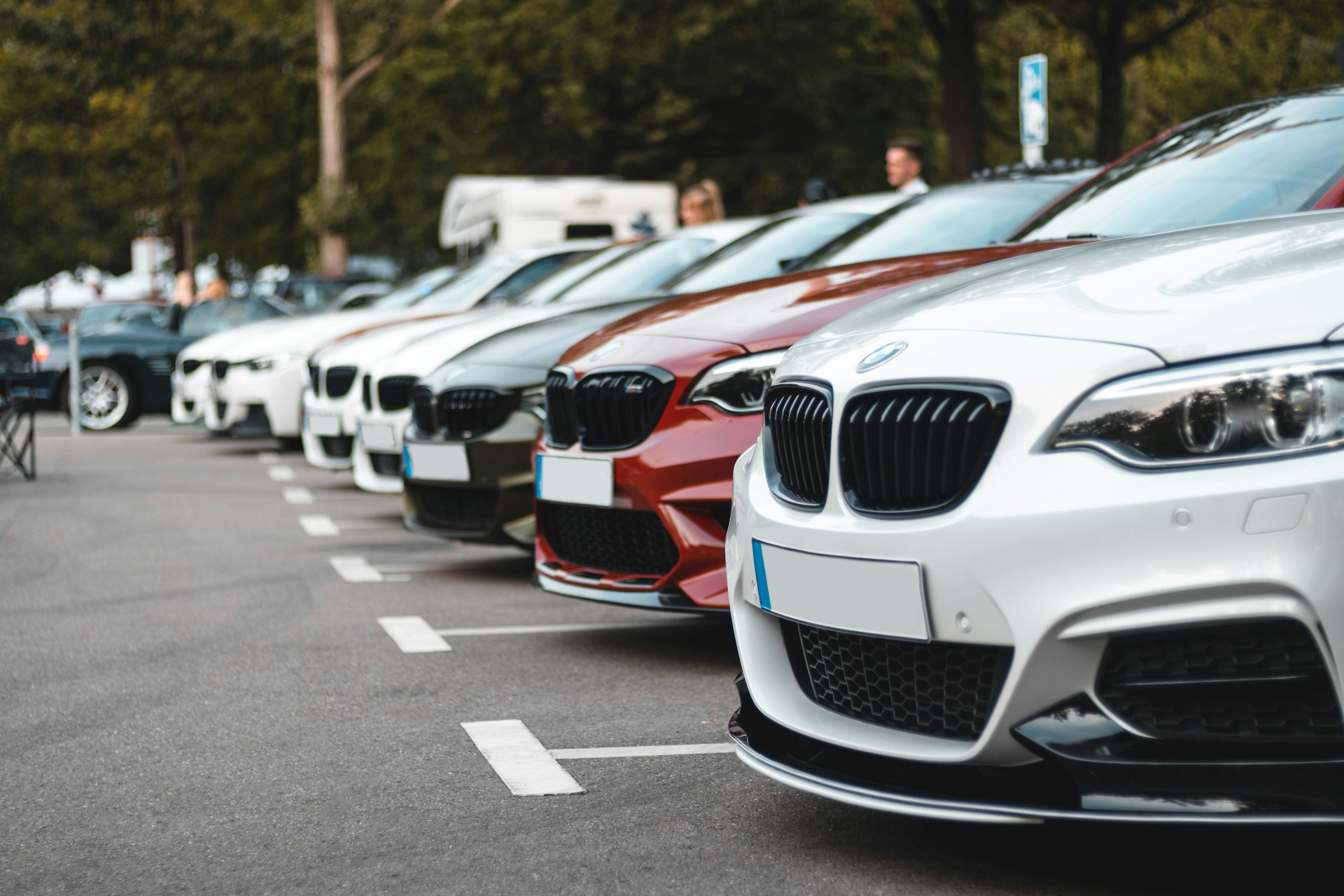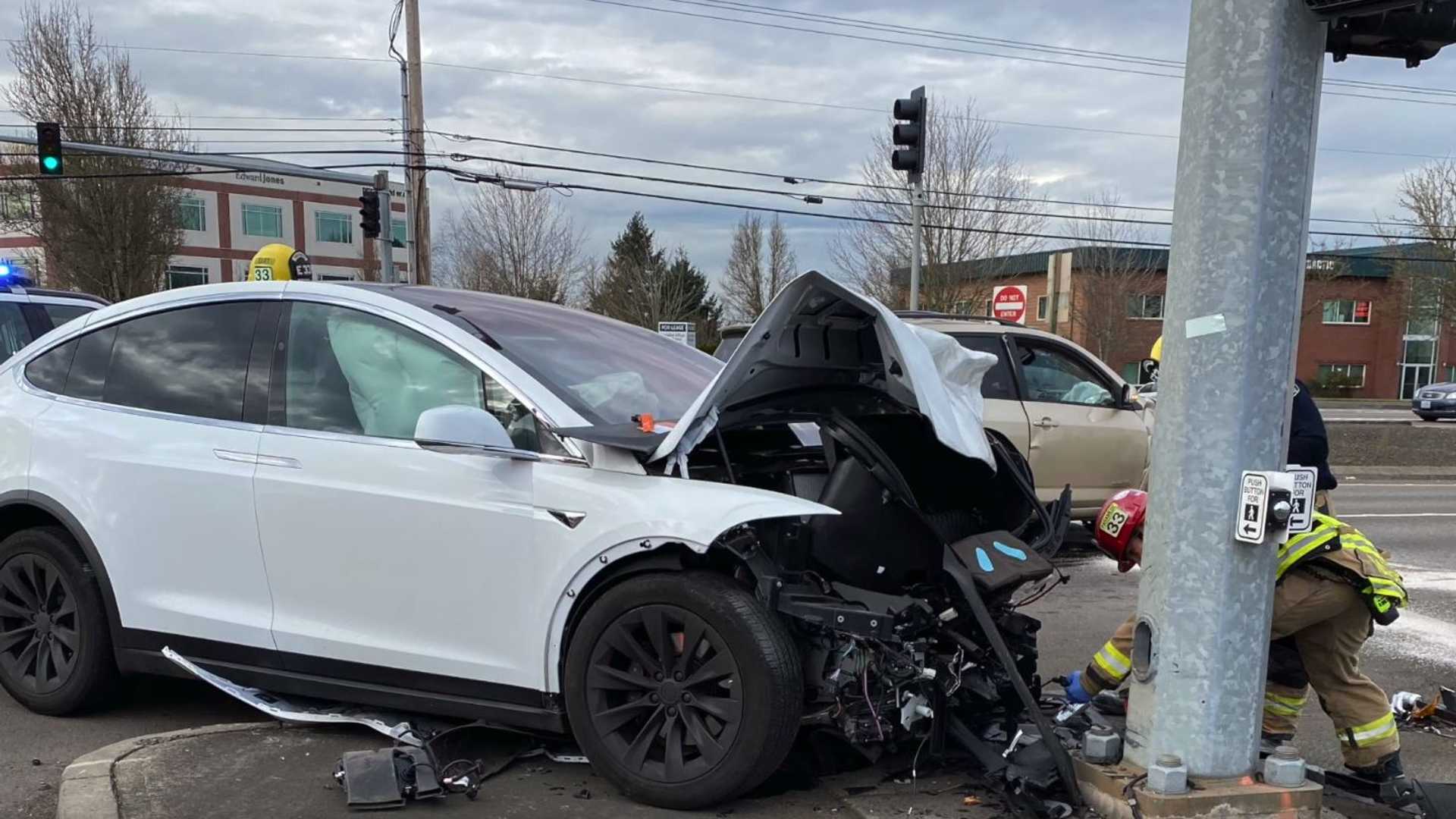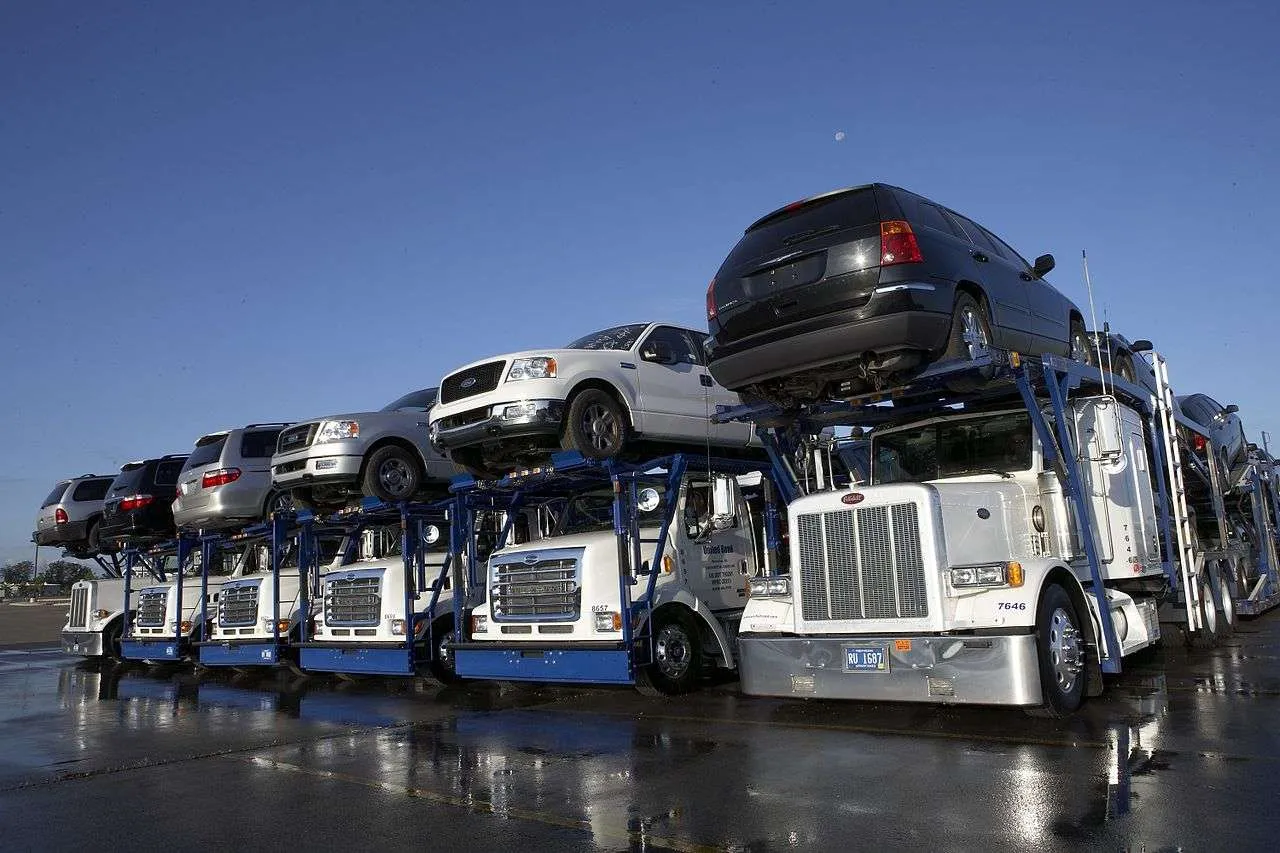Planning a summer vacation? Whether you’re hitting the road in your daily driver, flying to a beach town, or cruising in a vintage convertible, a little foresight can go a long way. Everyone knows to bring sunscreen and book hotels in advance—but what about the smart stuff people don’t think about?
Here are 15 clever summer vacation tips to help you stay cool, safe, and stress-free—plus a few gear links and app recommendations to make your planning even easier.
